How To Save For Luxury Items
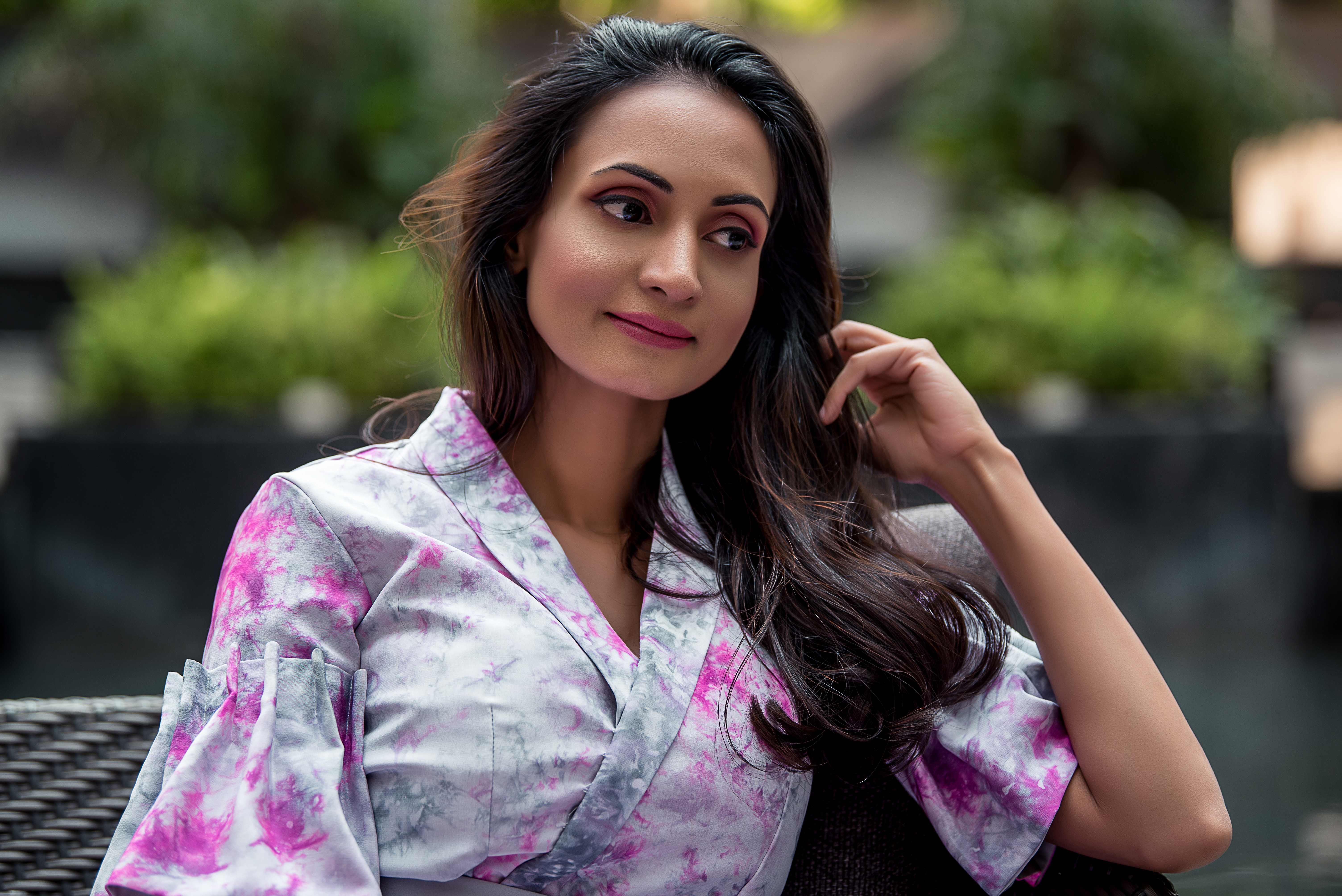
Try to recall the number of times you’ve convinced yourself that you’re just out to window shop, but found yourself walking into a store only to leave with several shopping bags worth of purchase. Sounds familiar? Or the time you were casually swiping through the app of an e-commerce giant, and the next thing you know is that your virtual shopping cart is filled with merchandise. Been there? Blame your unplanned purchases on that amazing window display with perfectly styled mannequins wearing gorgeous clothes, or the ergonomic arrangement of products online if you so want, but shopping is just so addictive!
Marketers are smart and clever. They know your pressure points. They make shopping an exercise that’s hard to resist. That being said, does a prickly feeling start to creep up as you get to the payment part? Or does your conscience-stricken mind question your choices and ask whether you could do without the purchase? My guess is that something has you hooked, and instead of weighing your options between money and utility, you stifle those thoughts and brush them aside. After all, it’s your hard-earned money that you’re spending, so why not indulge in that ‘luxurious feel’ and treat yourself once in a while? You’re so enthusiastic about these items that by now you’re convinced that you simply have to own them! This is why I believe this post’s title, “How to Save for Luxury Items” connected with your mind the moment you saw it.
Now, the term “luxury” is purely relative, depending on your lifestyle. And, its boundaries and purview are continually altering, depending upon the influx of money. I haven’t made a lot of extravagant {read luxury} purchases this far, but I am resolute that ever so often I’d like to treat myself to something beautiful. For me, these buys will likely fall under fashion and travel, but for you, it could mean an expensive home decor piece or high-end electronic gear that you fancy.
So, whether it’s buying designer bags or taking that Caribbean cruise, all of it is really doable, and I think that some of the tips I’ve been using on how to save for luxury items may be helpful for you too. And although there are no fancy shortcuts that can multiply your money, there’s nothing like already having a little “nest egg” to start things moving. Yes, a cache of funds or a secret reserve {if you will} that grows bit by bit, so that one day it’s a stockpile that buys you your dream, is the key!
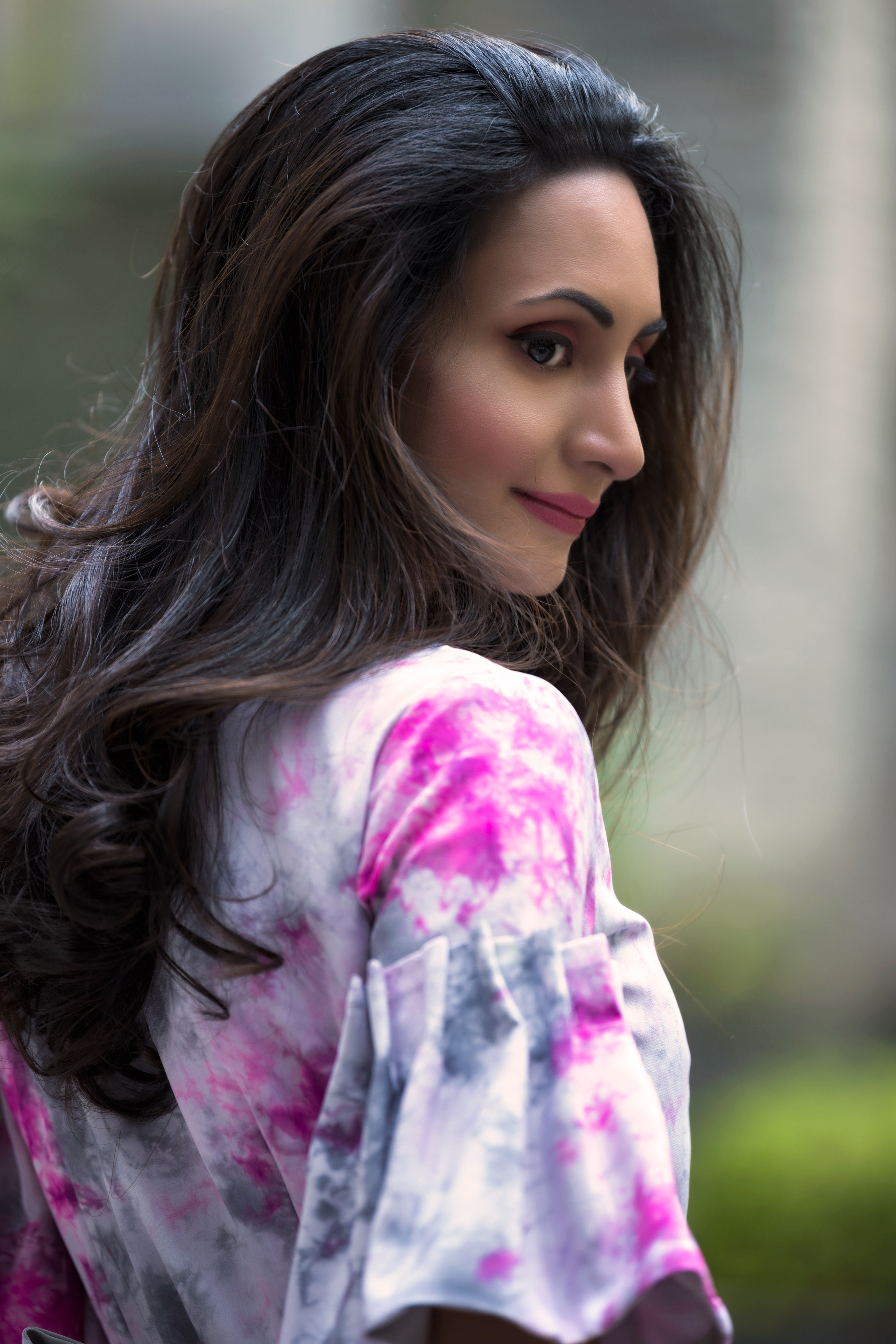
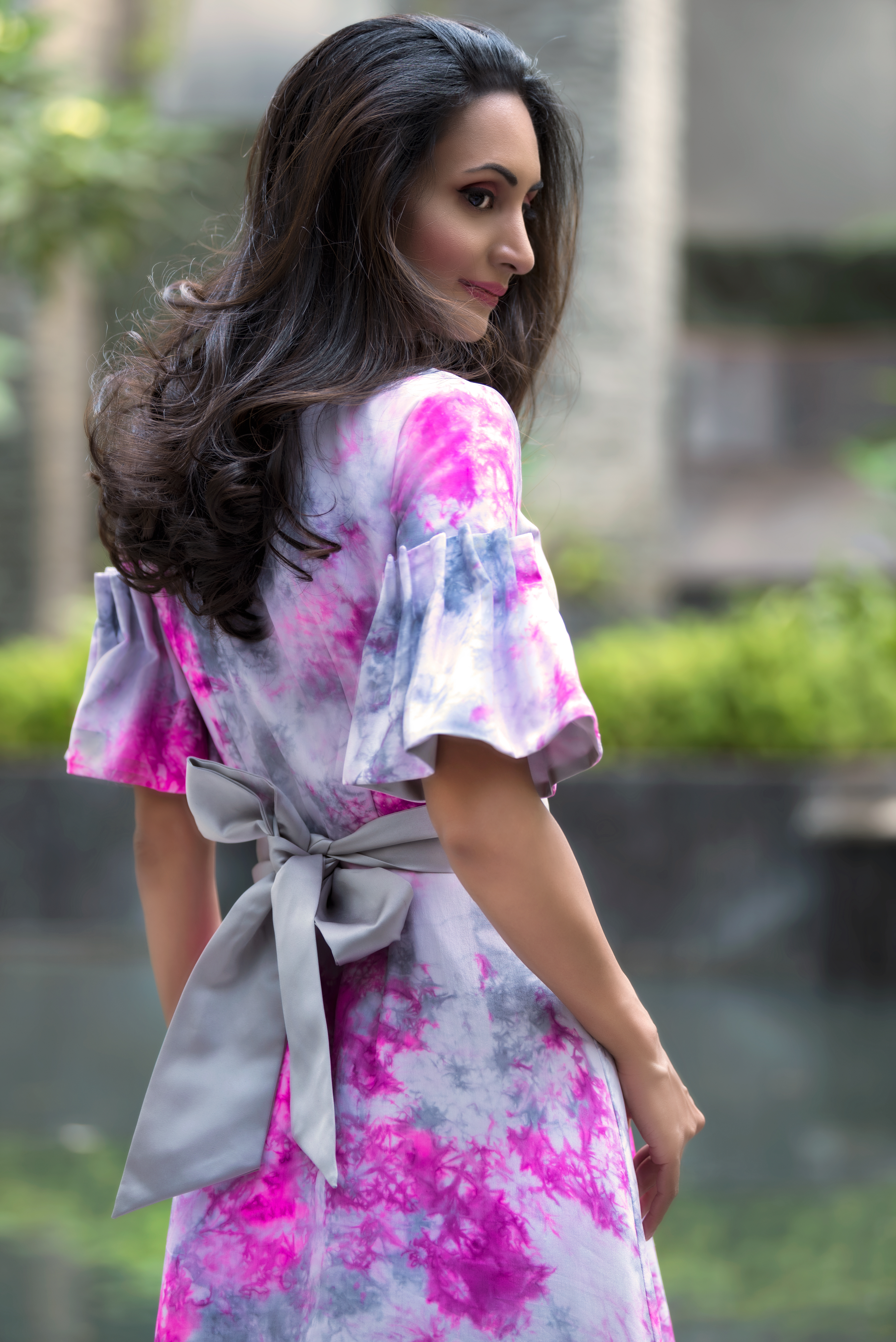
If you want to learn how to save for luxury items or treat yourself to an experience of luxury without stretching your budget or being guilt-tipped, this is where you start.
Get Really Clear About What You Want
You don’t buy “big” all through the year, so when you do, you need to make sure that it’s really what you want. The skater dress that looked so good on display may feel different when you try it on. The sandals that you thought were absolutely perfect may not feel as comfortable when you have your feet in them. The clutch that looked so amazing isn’t the right size, doesn’t clasp well, or looks like it’s going to stain easily. Thinking that something is good and actually being able to say that it is so, are two very different things.
If I’m going to save for luxury items, they have to check all of the boxes; form, and function. Otherwise, it’s not worth the price tag for me. It’s as simple as that.
With travel, it’s a little different, but the bottom line remains the same; do your research well. Be clear about the places you want to visit, the sights you want to see, and most importantly, gauge whether your pocket is going to stretch as far as you want it to. Keeping an eye on currency conversions is also necessary. It’s good to have an approximate idea as to whether your money is going to last until the end of your trip without having to miss out on all that you wanted to do.
The golden rule in both cases is repeatedly doing luxury recon to narrow down your wish-list of purchases. Recall that famous adage, “All that glitters is not gold” and apply it yourself. What appears great on the surface needn’t necessarily be so. Convert your “I want that” and ask yourself if they’re actually the things that you need. A little introspection and a lot of research, I have found, goes a long, long way.
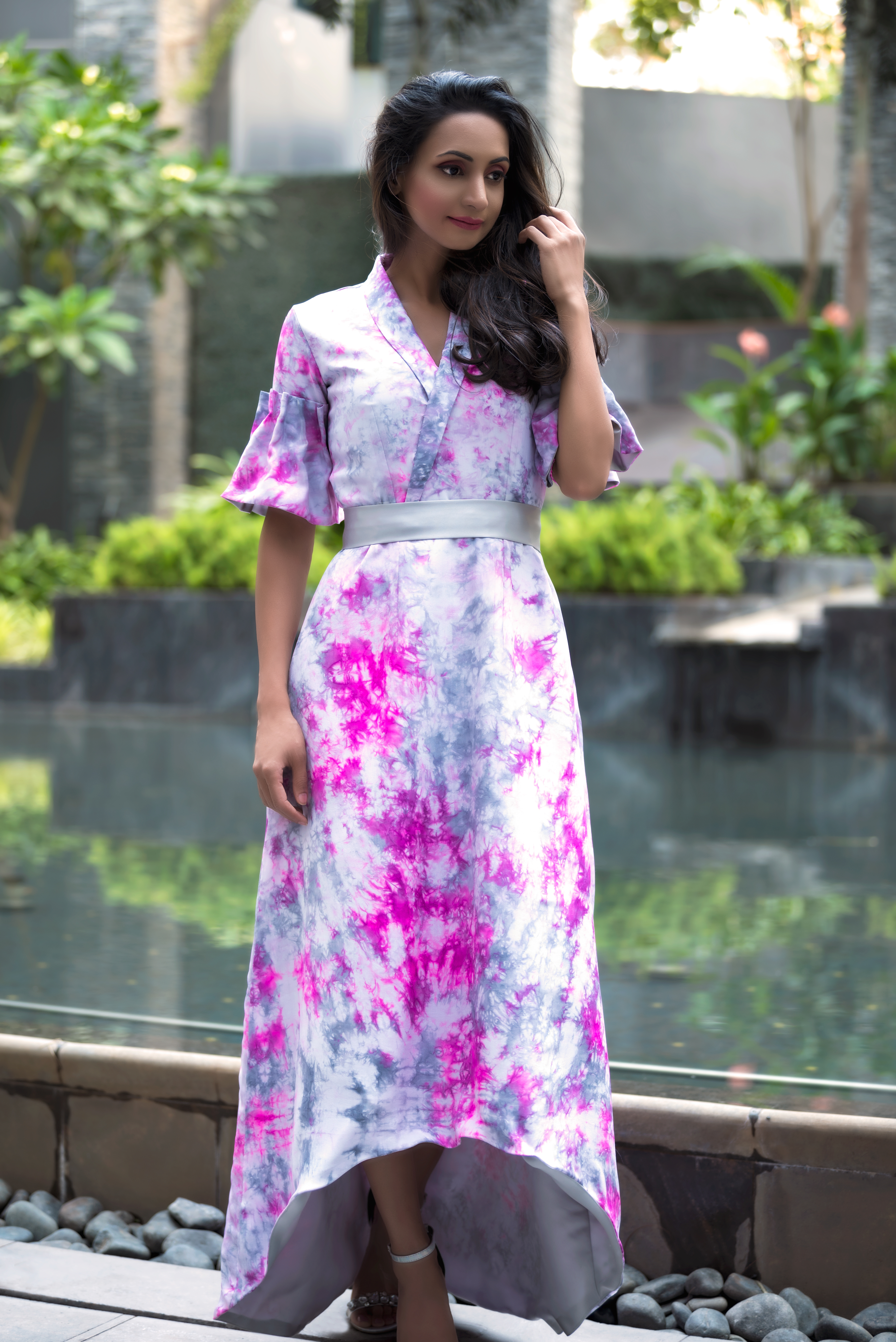
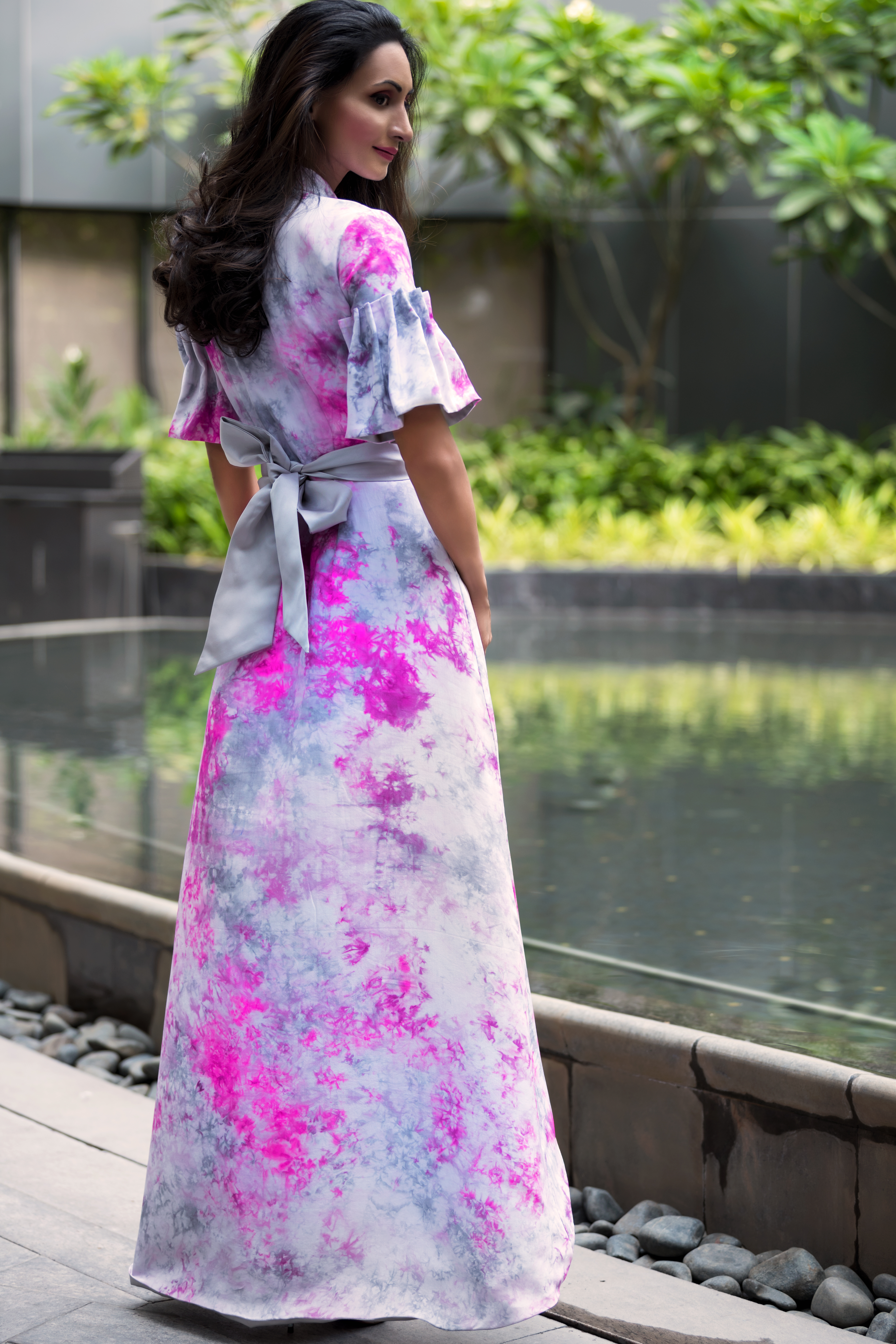
Let’s take a practical look then at how to save for luxury items:
It’s Important To Set Up A Savings Plan
Though a savings plan forms the crux of ideal financial planning, having two different savings accounts for “luxury purchases” and “travel” will keep you on the right course. It’s so easy to go overboard when you have money in your bank account and feel guilty later on that you’ve spent it on “material goods” or just “temporary experiences”. You perhaps feel the same way that you do when you cheat on your diet and enjoy a large piece of chocolate cake. Instinctively, you feel that you should deprive yourself of the things you actually want, so dipping into your account isn’t going to make you feel better either.
The key then is to do it a little-by-little every month; diverting a portion of your paycheck towards each of the two accounts. How much you can save every month towards the two varies with each individual; there may even be some months when things are so tight that you cannot afford to spare even a little. Don’t worry too much, so long as you’re fairly regular in your contributions, those accounts are going to swell with every addition. Believe me, your “luxury purchases” and “your promised travel” will become a reality in no time. And, the best part is that your mind will accept the two accounts so completely that you will no longer feel guilty when you indulge your whims and fancies. Making yourself a priority is not wrong at all provided you do it the right way!
Exercise Restraint And Stop Spending Just Because
It’s not unusual to find yourself in the “red” even after saving regularly every month. Though emergency expenses like medical bills or house repairs can set you back; other expenses almost always crop up. You always seem to need money for “that something else”; a party that you are planning, membership fees for a club that you want to join, impromptu breakfast and coffee treats for yourself or your family, movie tickets, or a night out with friends… Just a few times of this a month or even as frequently as multiple times a week, and it really adds up.
Perhaps having a third “general purpose” savings account to tackle emergencies and unknown expenses will help you refrain from having to dip into your luxury expenses and travel accounts. Having those different savings accounts will go a long way in helping you realise how to save for luxury items.
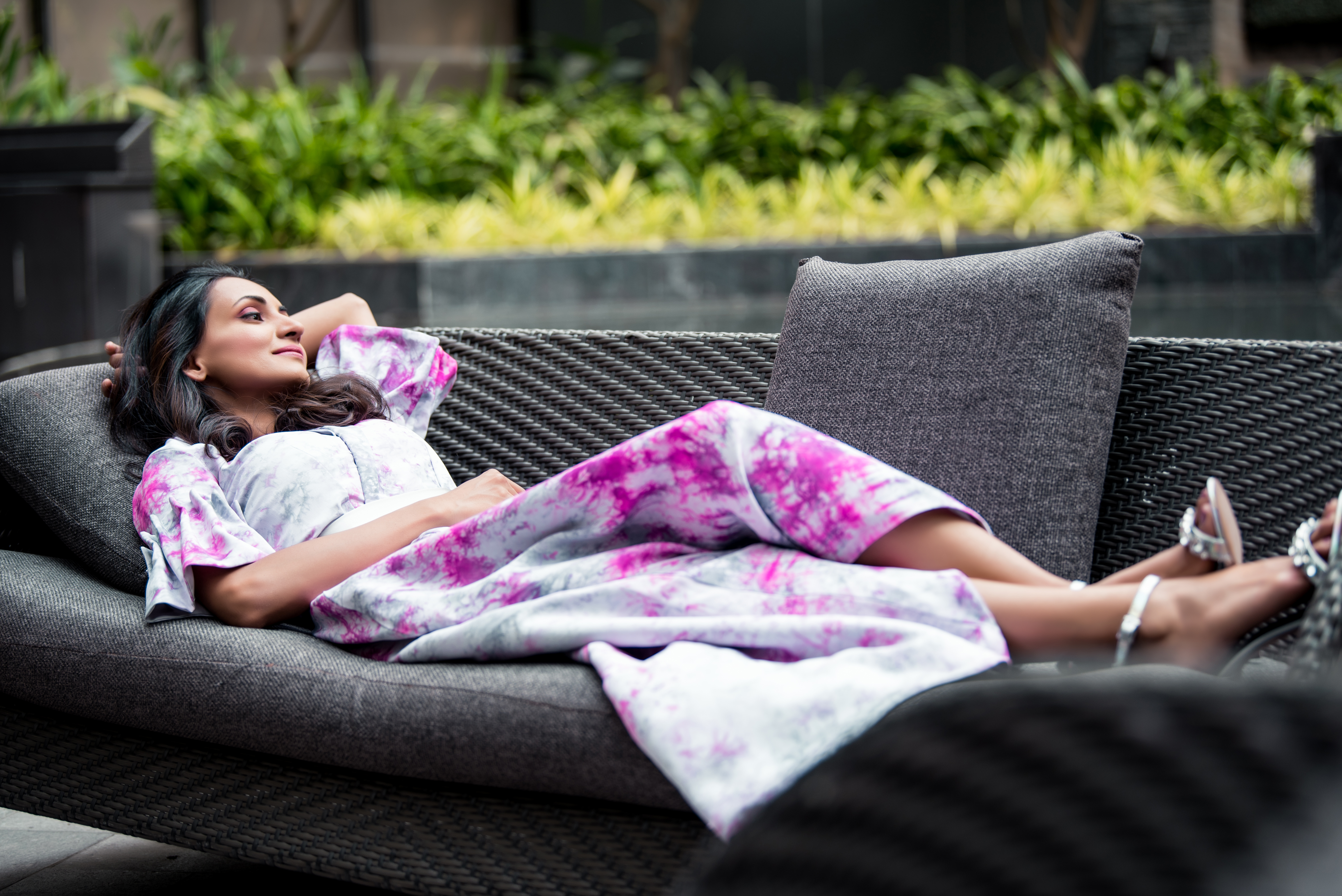
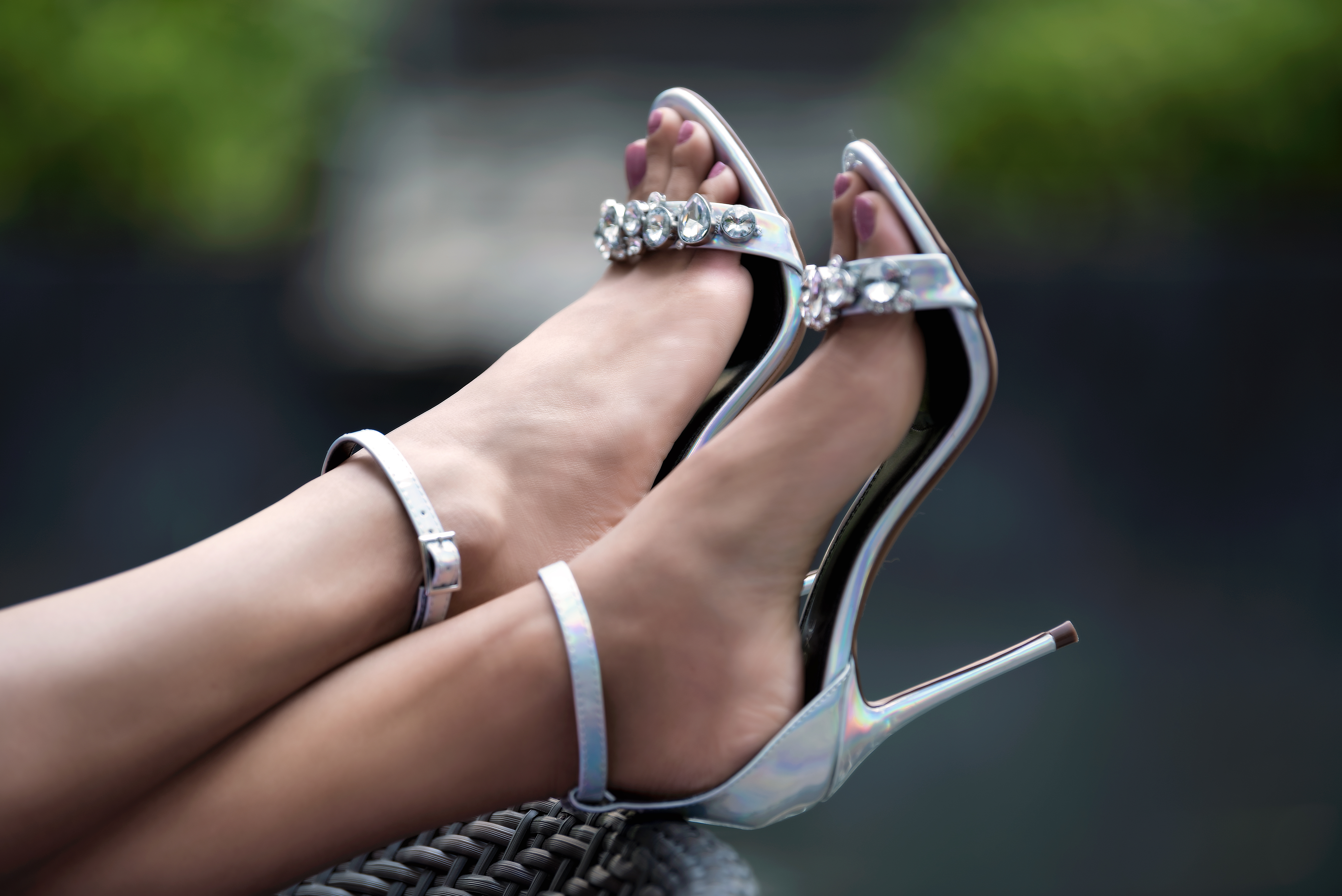
To conclude: These are just a handful of ways I save money for luxury purchases and I hope you found some, if not all of the key points I shared in this post helpful or relatable. That being said…
Luxury is about quality and sometimes the most quality experiences are free!
It is said that gratitude is one of the biggest keys to success. And, I’ve discovered that the best way to attract a luxurious life is by learning to think like a luxurious person.
- Be observant of your surroundings and you will see there is luxury all around you. Appreciate all that you have and see how things change for the better.
- Watching a heartwarming movie, enjoying a morning cup of coffee on my balcony, or spending time with my husband are simple joys that make me aware of the luxuries in my life.
- Long conversations {without haste} with friends, where we discuss travel, fashion and food & wine {your list may look completely different} can be luxurious.
- Nature is a natural healer. I find that fresh flowers bring colour and harmony to my home. I also find walking barefoot in the grass or hiking in the woods to be luxurious.
- Giving is another form of luxury. It gives me that feeling of alignment with abundance so that there is a steady flow of luxury and positive energy into my life.
Luxury is yours to define. So let us experience the magic, the sheer perfection, the peace, and the serenity of a truly luxurious life!
How do you plan to live a luxurious life? Share with me in the comments below!















Insightful article, Tanya. I’m pretty open about the fact that fashion-wise, my weakness is designer watches. that being said, ingenuity and reasoning can definitely net you luxury items without guilt, and without consuming accessible resources.
That’s right, Dhruv. When you spend consciously, you know exactly what you want to get and don’t get sidetracked by purchasing other random things.
I’ve a hard time justifying burning through my cash reserves on high-end designer items… But I have learned from experience that clothes and accessories will last longer if I base my purchases on quality vs. quantity. Thanks for sharing.
It always helps to allocate our resources more effectively, Mohini.
Your content is amazing and I love your blog! And yes, I absolutely agree that there is nothing wrong with splurging from time to time as long as it doesn’t hinder your financial goals and you can afford it. 🙂
Aw thanks, Komal!
I am all for a savings plan… as you said, when it comes to expensive handbags or other high-end fashion purchases and they’re not in our customary spending budget ~ we need to make sacrifices (i.e. save up and pay cash for).
Thank you for reading, Kalai. I’m glad my post resonated with you.
Here’s what I’d like to add to what you’ve shared, Tanya: I have always maintained a strict spending plan. But if I truly desire a high-end fashion item, paying little mind to whether it’s a beautiful dress or something else that isn’t a necessity, I have to earn more money either through over time at work or my side business, to pay for it. Doing so influences my purchases to feel more worthwhile, not to mention guilt free.
That’s great, Sania. Now, each time you make an expensive purchase, you know you are doing it the right way with no debt.
Awesome post! It is important to remember that buying designer items is a luxury and not a need. It is perfectly fine to treat yourself from time to time as long as you can afford it and you are paying for your needs first. 🙂
Agree. Alongside cognisant spending and automated finances, it’s also important to put a framework around expensive purchases, Riya.
I really think it’s just human instinct to think in limits. Whenever I look at my designer collection, it always reminds me of how far I’ve come. I still remember the excitement and rush of splurging on my first designer piece. But I was able to because I created an income tracker and recorded my income…
As humans, we have the propensity to bite more than we can chew, Aishwarya. Realising this, I ensure that all of my purchases and actions are stepping stones on the way to the goals I have, and the directions I set for myself in life.
Great strategies! It’s just a matter of being a little more mindful and aware of where your money is going. I also find that having the people around you being aware of what you are trying to achieve ensures they can hold you accountable as well. xx
Absolutely Gaurav. Taking a look at the opportunity cost of a purchase, and then deciding if it’s actual cost is justified is the best way to proceed.
This is an intriguing concept. If you are going to purchase an item, make a point to use it at max potential.
It is a simple thought however the challenge, as always, is to sustain it.
I get this post. To me it is the core of the conscious spending plan. It is about what you genuinely value in your life, and how to guarantee that what you want is something you need to spend resources on.
Spending money on things you love and not squandering it on the things you don’t, is the most sensible financial plan, Neeru.
Speaking from experience, I can tell you that putting in extra time accomplishing something justifies the cost. For example, the time I spent going to the gym legitimises the cost of a fitness coach.
I can relate, Shambhavi. Having addressed the larger challenge of actually going to the gym; you decided to go forward with the trainer.
Conscious spending is really a great way to make purchases guilt-free. The way I see it, if you’re going to invest in a piece, it should last you a pretty long time.
Agree. I routinely ask myself, when making purchases or doing an activity, is this worth what I have to give up?
Hey Tanya! First off – incredible post! Second – I guess it’s OK to spend on the season’s It bag or the same shoes celebs walk down red carpets in, if it’s done consciously and you’re saving/investing appropriately.
Thanks Khushali. Everything has an opportunity cost; when you buy one thing you forgo purchasing another, when you complete one action you’re doing it instead of another.
This is a great example of using a framework to ensure you have the money needed for an expensive purchase. Let the saving begin!
Thanks Shaheen. It also helps to look at all the commitments and obligations that we’re currently in, before making purchases.
This is a really good article and you explain the concept beautifully, Tanya. Thank you for sharing your views.
A few years ago, I made the decision to stop buying from fast fashion retailers because their practices are both ethically and environmentally problematic. Instead, I’ve been more selective with what I buy, opting for designers who prioritise quality and ethical responsibility. This isn’t always a high-end designer—often it’s local designers, second hand or vintage.
I’m glad you enjoyed the post, Deepika.
The goal of conscious spending isn’t to limit anyone, but instead help people increase awareness about how they are behaving in everyday life. 🙂
This was such an informative and fun post to read! I’m pretty definitive with my purchases and always try to go with my gut ~ i.e. I always follow my intuition and haven’t regretted it!
Thank you for your appreciation, Raima.
You look so regal, Tanya! ❤️❤️ I have an appreciation for one-of-a-kind pieces that have deep meaning, so it’s not necessarily the fact that it’s high-end that makes me want something, but it’s the craftsmanship that justifies my purchase. 🙂
…especially when it’s an investment piece that you know you will cherish forever!
The feeling of treating myself to something that I love and appreciate is what makes me OK with spending more. 🙂 I am in my 30s, and I feel a bit more comfortable to make these decisions than when I was in my 20s. Plus, as my career has evolved my purchasing power has increased…
Thank you for sharing, Vaishnavi. I think that it’s important to weigh the pros and resist impulse-buying big-ticket pieces…
This resonates… I have a separate fund where I put aside money or purchases that are on the more expensive side. And, if I want to work towards a bigger purchase faster, I will cut some of my other expenses for a period of time. Additionally, because they’re pricier and take more time to work up to purchasing, I find I really treasure designer items more than a cheaper purchase. 🙂
It’s wonderful to support designers, but what’s even better is to keep purchases to a minimum and only buy if you know it’s a perfect piece for YOU. 🙂
Beautifully said … perfect example of mind soul connect … simply loved this share, Tanya! ❤️
When it comes to high-end pieces, the quality is unquestionably better. Case in point: My mother still has many designer pieces she bought more than 20 years ago and they are not only still in amazing condition, but also still in style.
They are an investment, in my opinion.